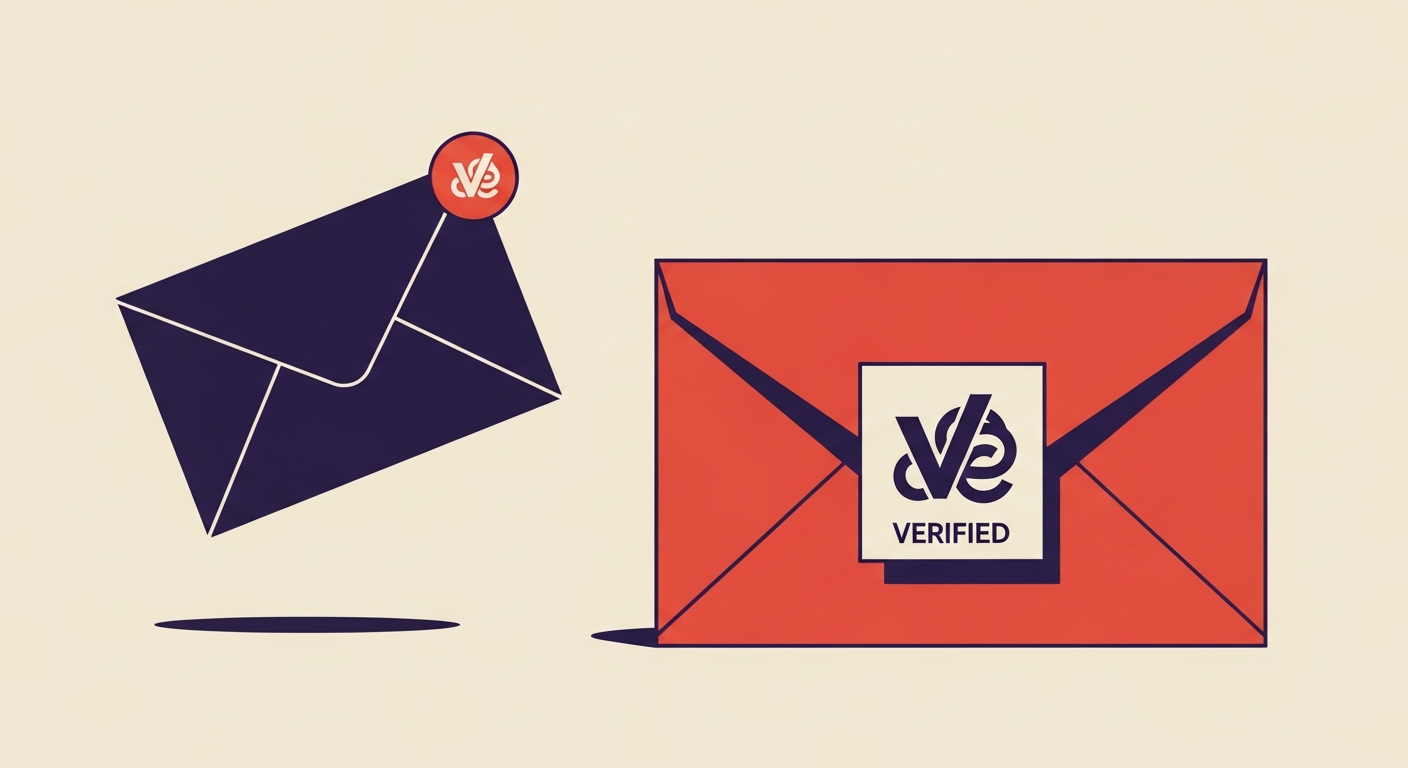Can BIMI display a logo without a VMC?

Michael Ko
Co-founder & CEO, Suped
Published 31 Jan 2025
Updated 8 Oct 2025
7 min read


 Google, have introduced an additional layer of verification, the VMC, to enhance trust and prevent logo impersonation. Without this certificate, your logo might not appear in all inboxes, especially those that prioritize heightened security.
Google, have introduced an additional layer of verification, the VMC, to enhance trust and prevent logo impersonation. Without this certificate, your logo might not appear in all inboxes, especially those that prioritize heightened security. Gmail, a VMC is a non-negotiable requirement for displaying your BIMI logo.
Gmail, a VMC is a non-negotiable requirement for displaying your BIMI logo. While Google (Gmail) requires a VMC, not all mailbox providers have the same stringent requirement. Notably,
While Google (Gmail) requires a VMC, not all mailbox providers have the same stringent requirement. Notably,  Yahoo Mail has historically been more flexible. They may display your BIMI logo based solely on a valid BIMI record and a DMARC policy at enforcement (p=quarantine or p=reject), even without a VMC. This makes Yahoo a good testing ground for brands exploring BIMI.
Yahoo Mail has historically been more flexible. They may display your BIMI logo based solely on a valid BIMI record and a DMARC policy at enforcement (p=quarantine or p=reject), even without a VMC. This makes Yahoo a good testing ground for brands exploring BIMI.
|
|
|
|
|---|---|---|---|
 Gmail Gmail | Yes | Yes (p=quarantine or p=reject) | Yes |
 Yahoo Mail Yahoo Mail | Yes | Yes (p=quarantine or p=reject) | No (but recommended) |
 Apple Mail Apple Mail | Yes | Yes (p=quarantine or p=reject) | Yes |
 In summary, while it is technically possible for your BIMI logo to display without a VMC on some platforms (like Yahoo Mail
In summary, while it is technically possible for your BIMI logo to display without a VMC on some platforms (like Yahoo Mail ), relying solely on this approach limits your reach and brand visibility. Major players like Gmail
), relying solely on this approach limits your reach and brand visibility. Major players like Gmail and Apple Mail require a VMC to display your logo, making it a critical component for comprehensive brand presence in the inbox.
and Apple Mail require a VMC to display your logo, making it a critical component for comprehensive brand presence in the inbox.